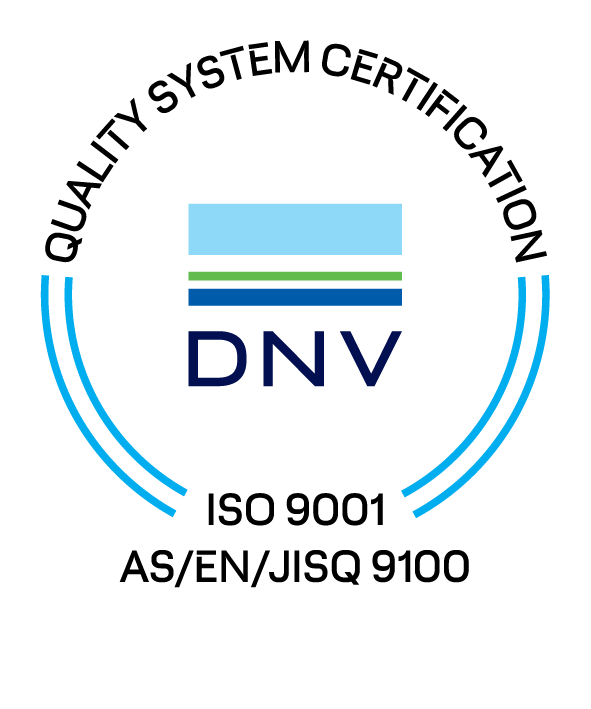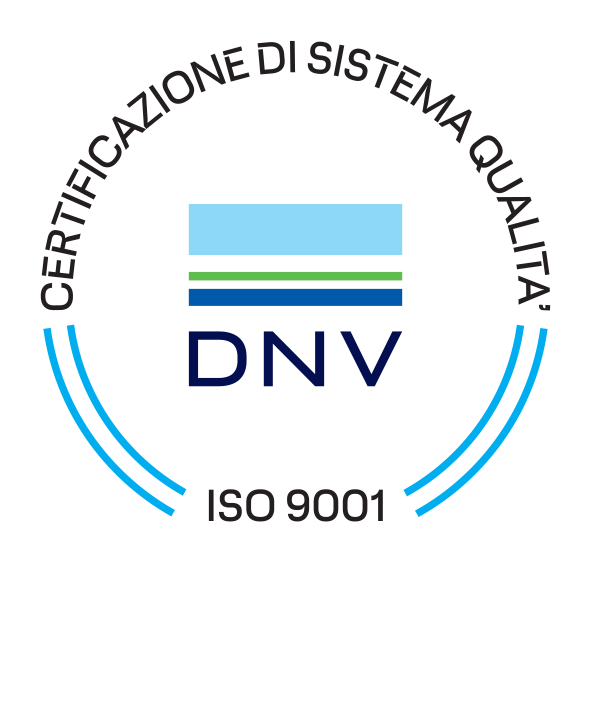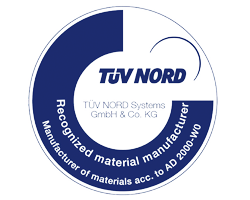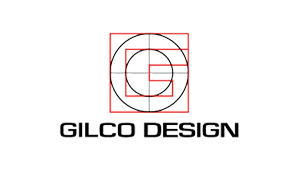TRAFILTUBI's life begins in 1919, when Angelo Colombo founds a workshop for the production of pipes that was to become the A.L. COLOMBO Company, specialised in precision steel tubes.
In the Twenties and Thirties, with the Columbus label, the company becomes one of the most important Italian producers of rationalist furniture made to design by architects like Bottoni, Breuer, Le Corbusier and Mies van der Rohe; in the meantime, the production of pipes in manganese chrome and Molybdenum chrome steel for the aeronautical industry continues.
In the racing sector, the bicycles created with their frames achieve success, quickly bringing international renown to the Columbus label.
At the end of the Thirties, during his early years at the Engineering Faculty, Gilberto Colombo, Angelo's son, concentrates on his research into the technical specifications of special steel pipes: here he consolidates his planning passion and develops with increasing success the potential of special pipes, making them suitable for the most varied applications.
In 1946, with the new founded GILCO label (from GILberto and COlombo), that will distinguish all his future projects, Gilberto creates a re-elaboration of The Maserati Formula 1 for the Ruggeri Brother's Milan Racing Team.
In the same year, a meeting between Gilberto Colombo and Enzo Ferrari brings to a long lasting collaboration for the design of sports cars. Indeed, when Enzo Ferrari decides to go it alone and build cars that will bear his name, he calls in Gilberto Colombo for the design and production of the frames; so he creates a frame for a Formula One car with section pipes that were oval, rigid and lightweight all at the same time. From this project originates the 125 frame designed by Gioachino Colombo, a 12 cylinder 1500 HP with spring suspension, houdaille shock absorbers, to which the new frame owes its lightness: in fact, the car’s weight is only 650kg as opposed to the 720kg of the Maserati 2000. In the same year, with Cortese, the 125 wins its first competition on the Caracalla track in Rome. The Gilco and the Ferrari, therefore, are created together and since 1947 the FERRARI starts racing with the Gilco frames. As late as 1955 such a frames are commissioned on a three monthly basis to the order of 25-30 pieces, with an average delivery time of 15 days, for the Ferrari team cars that, for many years on, will be raced by drivers like Fangio, Ascari, Villoresi.
One of Enzo Ferrari’s acknowledgements to Gilberto Colombo is a trophy depicting a small horse and a bronze plaque with the writing "To Gilco with gratitude", given in thanks and in commemoration of the World Championship victory.
In the Fifties-Sixties, however, Gilberto Colombo also starts taking an interest in sailing boats, to the extent that in 1966 he set up a small boatyard in Lierna on Lake Como where he produces around twenty crafts designed by him. These includes the Star Roberta II and Roberta III, with which Marco Colombo, Gilberto's son, will later compete, achieving victories in the Italian championship for four years, especially in 1973 and 1975 when he takes first place. Colombo also designs the Stars from the Folli and Lillia Boatyards, one of which plays a key role in the 1982 World Championships. In 1986, the boats from the Folli and Lillia boatyards, designed by Gilberto Colombo, achieve ten of the eleven places in the world championships.
In 1966, Gilberto Colombo renders autonomous his laboratory that had always operated within the channel of his father company: like a rib from the A.L. COLOMBO, TRAFILTUBI comes finally to life and transfers the production to the headquarters in Novegro, where it is still operative today. From then onwards, the company continues along the road it has always followed, searching for ever-greater specialisation in the production of special profiles, designed for the most sophisticated applications.
It is within this framework that in 1986 it is signed the exclusive agreement with the prestigious French steelworks, Aubert & Duval, to develop the technology for the production of drawn pipes in Italy "starting exclusively from the Aubert & Duval steels in the special nuances for the Aeronautical, Car, Motorbike and Bicycle Industry".
Among these nuances, particularly reference goes to the famous special SCV steel, otherwise known as 15CDV6, whose treatment Trafiltubi becomes the indisputable leader, producing top performance drawn pipes.
In the Eighties, Gilberto Colombo once again becomes interested in the design of frames for racing bicycles and thus creates inventions that will revolutionise the concept of the bicycle itself.
Patent no. 203553 is on invention: "Part for the stable connection of tubular components with different angles from each other".
Patent no. 203593 is on invention: "Series of tubular components with differentiated profile sections for the construction of bicycle frames".
It is during these years and by request of Ernesto Colnago, that Gilberto creates the famous "star-shaped" S/4 profile that would see the creation of the legendary Master frame.
Apart from the first MASTER frame with star-shaped section (produced in 1983 by Colnago), noteworthy are the Master Pista (in 1985) and the Master Dual (an idea that in 1987 Colnago will later develop to create the Carbitubo series, with double carbon fibre pipe).
This original Gilco project serves as inspiration for the design of the famous T40 Gilco 2006/2007 frame.
For Columbus, the series for the Multishape frame, created from a project in 1986 and produced by Columbus in 1989.
For Cinelli, the Laser of 1985, that in 1991, after the death of Gilberto, will win the Compasso d'Oro.
As inventions represent the basis of these historical projects, Gilberto introduces innovations to the concept of the bicycle itself that greatly contribute to establishing the Italian labels around the world as well as legendary products for cycling like the Colnago bicycle.
The technical importance of his projects, created with TRAFILTUBI technology, is once more confirmed by the fact that even today, long after others have overtaken them, they are still appreciated and used in the production of bicycles that still represents the highest quality regarding the use of steel in the field of racing bicycles.
In the meantime, Gilberto's son, Marco Colombo, starts working as an architect with an independent Firm and, following his father's footsteps, not only dedicates his time to architecture but also to industrial design, carefully analysing planning opportunities that can originate from the family business's special profiles. In 1985, in fact, his first project, the DOVE lamp, (from "dove", English for "colomba"), uses special thin TRAFILTUBI pipes that acts as conductors to give the lamp the exclusive design that has made it famous throughout the world.
A long series of creations follows, establishing the Firm's work in the field of design and architecture.
From 2004 onwards, Marco Colombo personally takes over the running of the company alongside his work as architect, and together with Serena Omodeo (already his partner in the Architecture's Firm); the common goal is to steer the company's policy towards maximum evaluation of its original vocation: innovation, quality and high technology for highly demanding niches.
At Trafiltubi, the GILCODESIGN laboratory is the centre of research and historical archive that is still trustee of the Gilco label and heir to Gilberto Colombo's planning heritage.



















